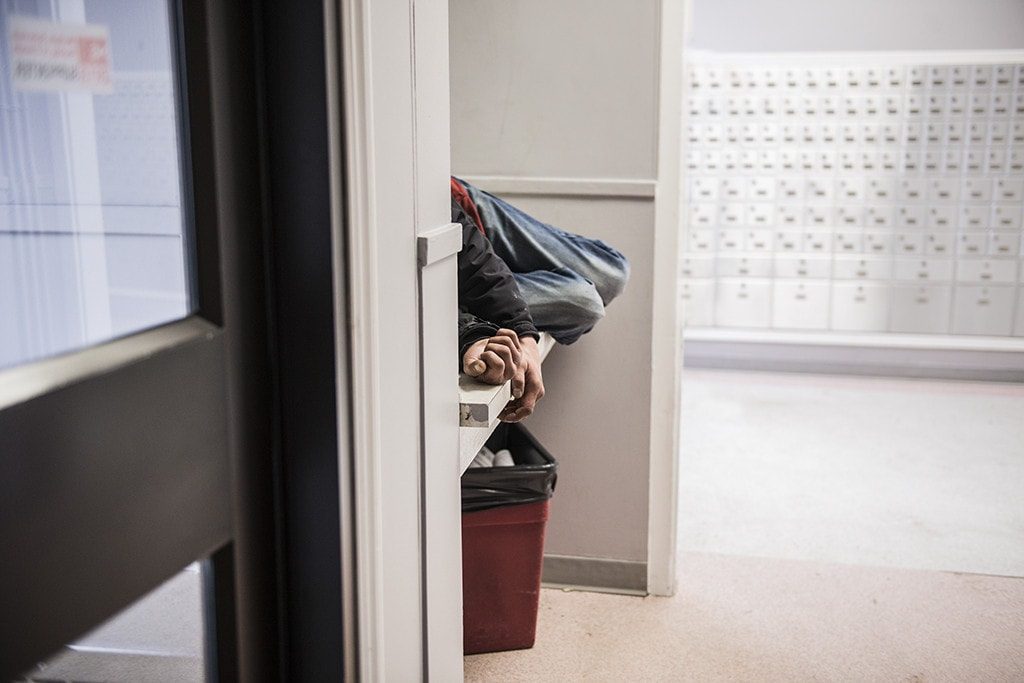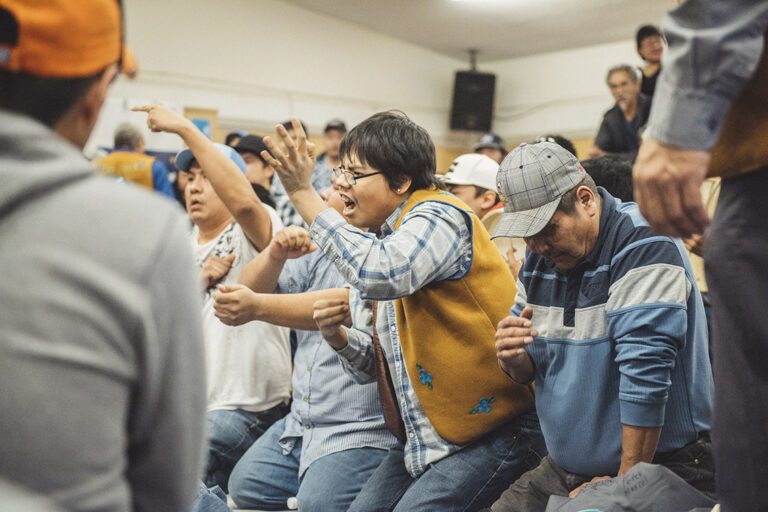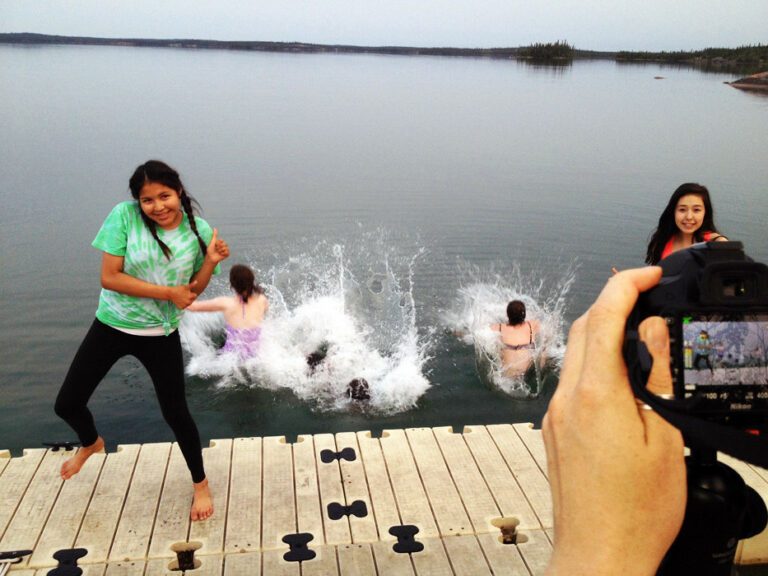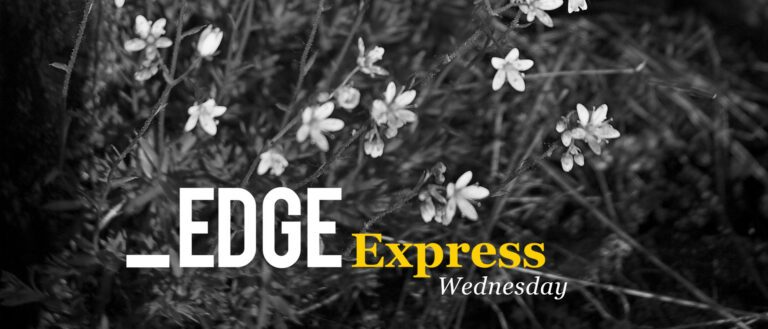Yellowknife’s much-discussed Housing First program is expected to get underway by mid-summer, says Coun. Linda Bussey, who chairs the Community Advisory Board on Homelessness.
With any luck, one person will be housed in July or August. After that the CAB hopes to find additional housing for two people each month, building towards the goal of housing 20 people over the next three years.
The news comes after two days of meetings at City Hall, where the CAB, under the guidance of consultant and national Housing First expert Cameron Keller, agreed to a stringent timeline to get things going.
“It’s very exciting,” says Bussey. “Our group was losing steam, and it seemed like we weren’t getting anywhere. [But now Keller’s showing] that it’s feasible with the money we have. We’re not in la-la land, we can do this.”
The group has agreed to meet every week for the next two months, instead of once a month, and develop a business case that can be presented to City Council for approval by March 24. With council’s approval, an RFP to run the programs will be put out to different NGOs in town.
The model they’re looking at right now doesn’t involve a single Housing First building or complex; rather the idea is to work with private landlords and the Housing Corporation to house people in “scattered-site” apartments around Yellowknife.
“It’s not so much it needs to be scattered-site, what it needs to be is choice,” said Keller, during a presentation at yesterday’s Municipal Service Committee Meeting. “What we’ve learned is when people are given a choice, 80 to 85 percent of people will choose scattered-site housing. People don’t want to live in buildings that are filled up with the most marginalized of society, they want to live like you and I choose to live, and everybody in this room. So choice is the key feature.”
This doesn’t mean, however, that people will be housed and then left on their own. Everyone who enters the program agrees to a weekly visit from support workers. On top of that, there are varying levels of support depending on the Housing First delivery model; some involve multidisciplinary teams on call 24/7 to provide services directly, while others involve support staff who are there mostly to link clients up with existing services.
The CAB will be deciding which model to implement in Yellowknife in the coming weeks, says Bussey. It depends in part on how much support the committee can get from the GNWT (mostly likely in-kind support, although the Housing Corp. has already committed $150,000 to Housing First initiatives, according to Bussey), as well as how the CAB decides to use the five-year funding they received from the federal Housing Partnership Strategy.
Does it work?
There are still unknowns about how the project will look in Yellowknife — funding levels, models of support, partnerships with government, private businesses and NGOs, etc. But the model does have a successful track record, says Keller, who headed a Canada-wide study involving over 2,000 people, the largest Housing First study ever undertaken.
The At Home/Chez Soi project, which used a control group of people not in Housing First programs, found that people in the program were far more likely to succeed in maintaining housing. According to the report, which was published in 2014 by the Mental Health Commission of Canada: “In the last six months of the study, 62 per cent of HF participants were housed all of the time, 22 per cent some of the time, and 16 per cent none of the time; whereas 31 per cent of [Treatment as Usual] participants were housed all of the time, 23 per cent some of the time, and 46 per cent none of the time.”
On top of that, “80 percent, roughly, reported that their life had benefited, against less than 30 percent positive for [those involved in] the usual intervention,” says Keller.
The study also found that savings in spheres like health and justice, which often accompany the Housing First model, could in some cases nearly fund the projects themselves, or at the very least offset some of the costs.
On average, it costs around $22,000 a year to house a high-needs person and around $14,000 for a moderate-needs person, according to the study. But, “over the two-year period after participants entered the study, every $10 invested in HF services resulted in an average savings of $9.60 for high needs … participants and $3.42 for moderate needs… participants.”
Furthermore, “Significant cost savings were realized for the 10 per cent of participants who had the highest costs at study entry … Over the two-year period following study entry, every $10 invested in HF services resulted in an average savings of $21.72.”
Whether Yellowknife will see these rates of success and potential savings will depend on how effective the CAB is at developing then implementing the program over the coming months. But in cities across the country, it’s already been shown, “that people, even living with the most serious mental health and addictions challenges, can live independent or semi-independent lives in community if we give them the right support,” says Keller.







